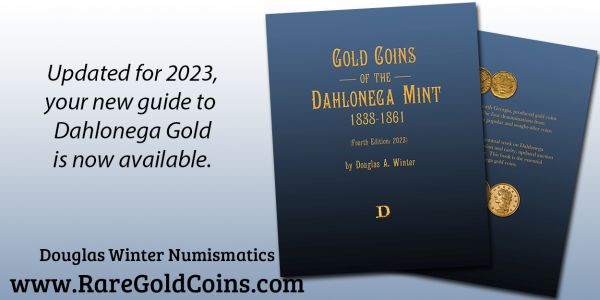
PREV ARTICLE
NEXT ARTICLE
FULL ISSUE
PREV FULL ISSUE
THE COINS OF DIOCLETIANMike Markowitz published an article for CoinWeek on the coins of Diocletian. Here's an excerpt - see the complete article online. -Editor THE ABUNDANT AND complex coins of Diocletian document a period of profound change in Roman history.
In November 284, Roman soldiers escorting the ailing emperor Numerian's coach across Anatolia smelled a foul odor. When they opened its curtains, they found the emperor had been dead for some time. Suspicion fell on Lucius Flavius Aper, the Praetorian Prefect. Diocles, commanding the imperial bodyguard, accused Aper of murdering the emperor and executed him on the spot. The legions immediately proclaimed Diocles as emperor, who renamed himself Diocletianus–usually written in English as
A tough soldier of humble origin from Dalmatia (the coastal region of modern Croatia), Diocletian would rule for 20 years, ending the chaotic Roman soldiers during this era expected to be paid in gold. Although the purity of the metal was maintained, the weight of the gold aureus declined sharply during the second half of the third century CE, becoming so inconsistent that the coins traded by weight. Early in his reign, Diocletian issued aurei of 6.5 grams at a standard of 50 to the 12-ounce Roman pound. This was later reduced to a standard of 60 to the pound (5.3 grams). One source (Sear, 79-89) lists 97 different aurei coins in the name of Diocletian alone, and additional joint issues that depict him and his co-emperor Maximian.
The emperor's stern portrait features a laurel wreath, a short beard, and a military haircut. The reverse typically bears the standing figure of Diocletian's patron deity Jupiter with an eagle and the inscription IOVI CONSERVATORI AVG (
To read the complete article, see:
Wayne Homren, Editor The Numismatic Bibliomania Society is a non-profit organization promoting numismatic literature. See our web site at coinbooks.org. To submit items for publication in The E-Sylum, write to the Editor at this address: whomren@gmail.com To subscribe go to: https://my.binhost.com/lists/listinfo/esylum All Rights Reserved. NBS Home Page Contact the NBS webmaster 
|

